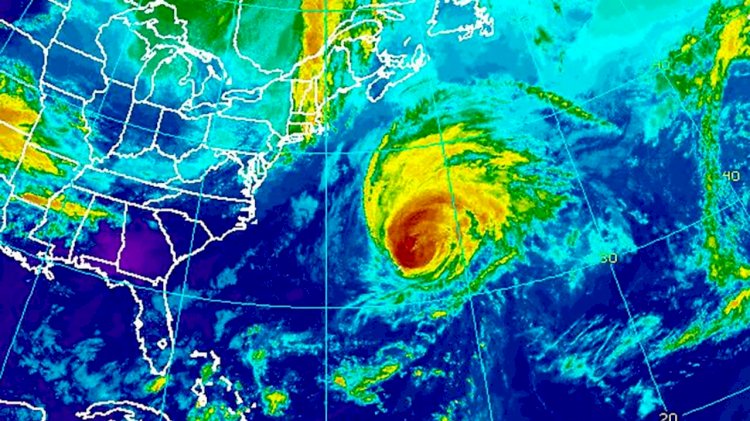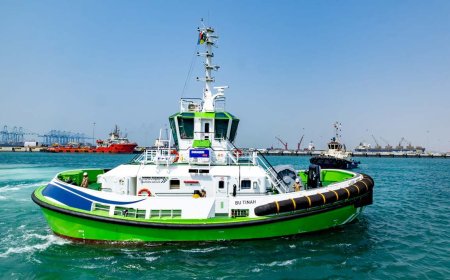Hurricane Nicole sheds light on how storms impact the deep ocean

In early October 2016, tropical storm Nicole formed in the middle of the Atlantic Ocean. It roamed for six days, reaching Category 4 hurricane status with powerful 140 miles per hour winds, before hitting the tiny island of Bermuda as a Category 3.
Hurricanes like Nicole can cause significant damage to human structures on land and can often permanently alter landscapes. But these powerful storms also affect the ocean.
Scientists have a good understanding of how hurricanes impact the surface layer of the ocean -- the sunlit zone where photosynthesis occurs. The strong winds of hurricanes churn colder water from lower depths, bringing nutrients such as nitrogen and phosphorus to the surface and stimulating short-lived algae blooms. However, until recently, geoscientists didn't know much about how hurricanes impact the deep ocean.
A new study of Hurricane Nicole by researchers at the Marine Biological Laboratory in Woods Hole, Massachusetts, and the Bermuda Institute of Ocean Sciences shows that Nicole had a significant effect on the ocean's carbon cycle and deep-sea ecosystems.
The results, published in Geophysical Research Letters, demonstrate the first direct evidence that hurricanes affect the ocean's biological pump, a process in which living organisms transfer carbon from the surface to deeper ocean layers and the seafloor.
Hedy Edmonds, a program director in NSF's Division of Ocean Sciences, which funded the research, said:
"The availability of long-term, nearly continuous observing programs like those near Bermuda gives us the ability to study sudden and extreme events against an understanding of 'normal' conditions."

























































































































































